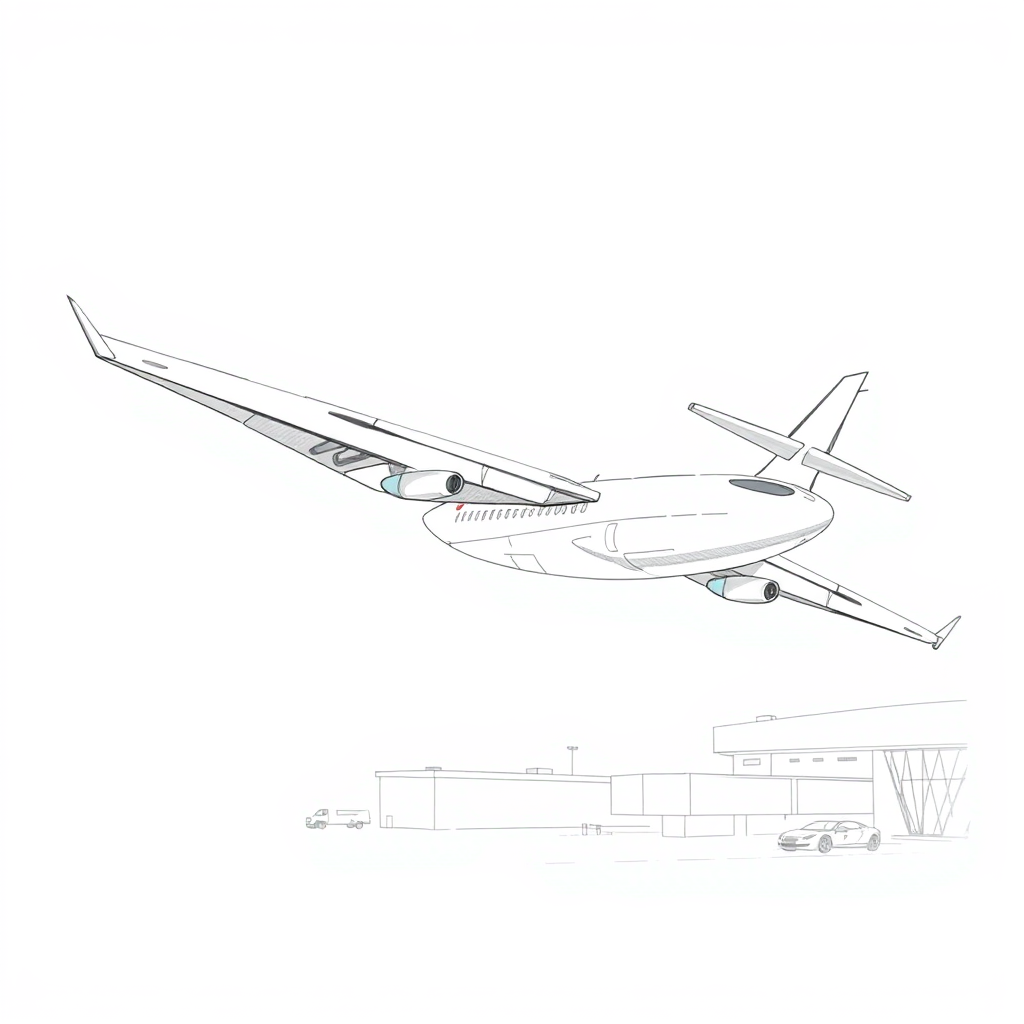Folding Wings: Airbus' Radical Plan for Future Flights

Airbus is aiming for a significant leap in aircraft efficiency with its ambitious “Wing of Tomorrow” program, envisioning a future single-aisle aircraft featuring foldable wings. The European aerospace giant revealed plans for the next-generation plane, slated to enter service in the second half of the next decade, boasting a design inspired by the albatross – renowned for its expansive wingspan and long-distance flight capabilities.
The innovative wing design isn’t merely aesthetic. Airbus claims the folding mechanism will allow for a longer wingspan during flight, enhancing lift and reducing drag – ultimately leading to a projected 20-30% improvement in fuel efficiency compared to the current A320neo family. Crucially, the folding feature ensures compatibility with existing airport infrastructure, a key consideration for airlines. As Sue Partridge, head of the program, explained, the wings would fold inwards during taxiing, allowing the aircraft to maneuver within airport gates and facilitate passenger disembarkation.
Beyond the wings, Airbus is also exploring advanced composite materials to reduce aircraft weight and increase strength. Simultaneously, the company is developing an open-fan engine and investigating hydrogen-powered propulsion, though the latter is unlikely to be ready for the initial launch of the next-generation single-aisle aircraft. Bruno Fichefeux, head of future programs, emphasized the need for technological maturity before integrating such innovations into the design.
This pursuit of increased efficiency isn’t unique to Airbus. Boeing is also developing folding wingtips for its 777X wide-body aircraft, though the program has faced significant certification delays and remains in flight testing.
While both companies are tackling the challenge of airport compatibility with folding wing technology, Airbus’s broader approach – encompassing wing design, materials science, and alternative propulsion – feels particularly forward-thinking. The potential for a 20-30% efficiency gain is substantial, especially as the aviation industry faces increasing pressure to reduce its carbon footprint. The success of the “Wing of Tomorrow” program could therefore be a defining moment, not just for Airbus, but for the future of air travel. It’s a bold gamble, but one that appears strategically sound in a rapidly evolving aerospace landscape.